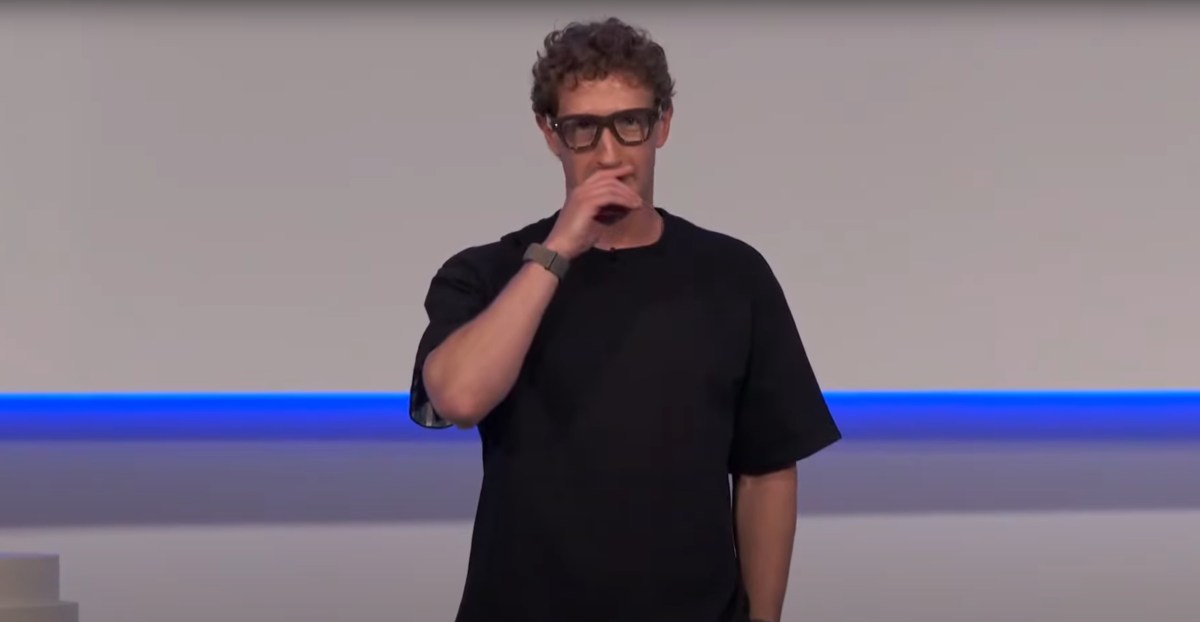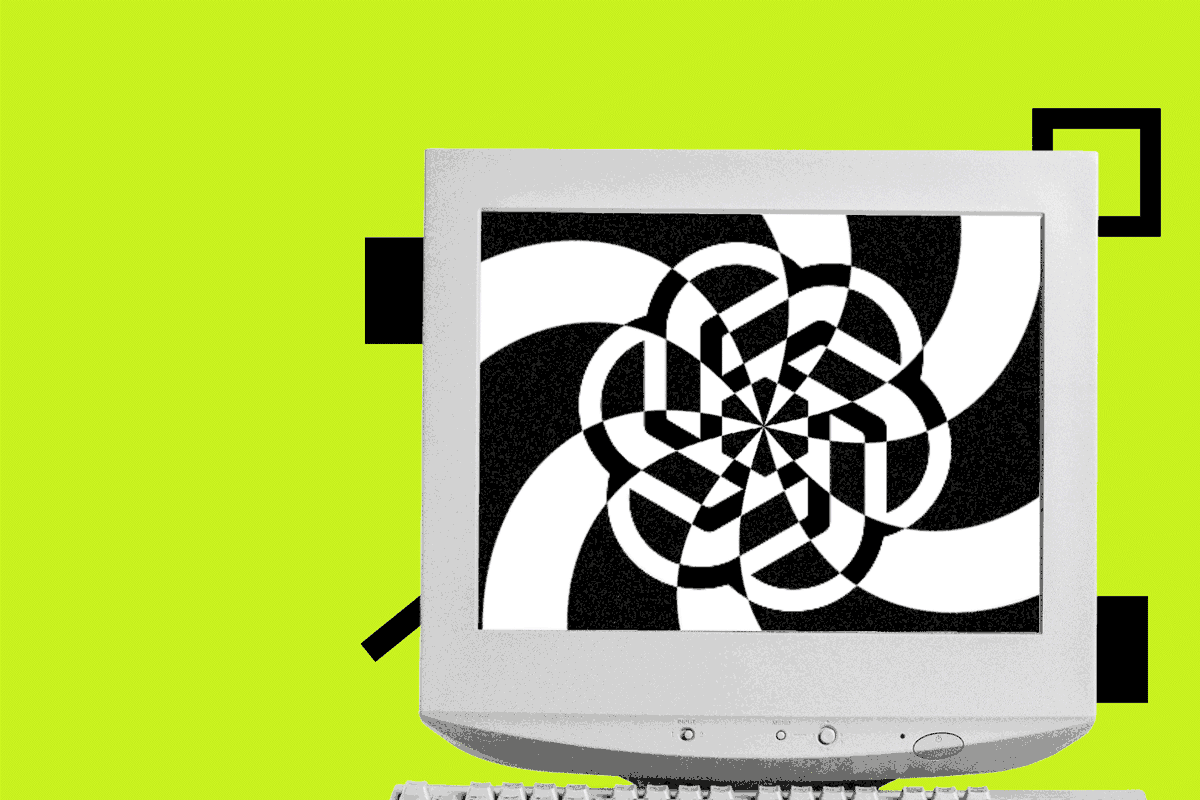
Meta’s failed Live AI smart glasses demos had nothing to do with Wi‑Fi, CTO explains
Sources: https://www.theverge.com/news/781730/meta-explains-live-ai-smart-glasses-demo-failures, The Verge AI
TL;DR
- Meta’s live AI-enabled Ray-Ban smart glasses demos ended in notable glitches during the company’s live presentations.
- Andrew Bosworth explained in an Instagram AMA that the issues were caused by self-inflicted traffic, not the building’s Wi‑Fi.
- The influencer demo asking the AI for cooking instructions and a Mark Zuckerberg WhatsApp-call demo failed; Bosworth offered the details in his explanation.
- The chef demo triggered Live AI across every Ray-Ban’s Live AI device in the building due to routing, effectively causing a self-imposed congestion; as Bosworth put it, “We DDoS’d ourselves, basically.”
- A separate video-call bug occurred when the glasses had gone to sleep at the moment the call notification arrived; the bug has since been fixed.
- Meta framed the live demos as an honest, live product demonstration, a contrast to the polished, pre-recorded showcases common from some peers. The Verge.
Context and background
Two high‑profile live demos of Meta’s new smart glasses—one featuring an influencer asking the AI assistant for cooking instructions, and another with Mark Zuckerberg attempting to take a WhatsApp call—failed during a live event. The issues became public as part of Meta’s post‑event reflection and are now explained by Andrew Bosworth, Meta’s chief technology officer, in an Instagram AMA. In the explanation, Bosworth details the root causes and clarifies what happened beyond a simple Wi‑Fi problem. The Verge covered Bosworth’s remarks and the specifics of the failures, including the provocative phrase about self‑induced load.
What’s new
According to Bosworth, the most dramatic part of the episode occurred when the chef’s prompt to “start Live AI” caused every Ray‑Ban Live AI device in the building to engage. He said the team had routed Live AI traffic to a development server to isolate it, but the routing was applied for everyone on the building’s access points, producing a heavy load that amounted to a self‑DDoS event. He emphasized that this was not a Wi‑Fi issue, a claim that counters the on‑stage assertion at the time. The video‑call hiccup involved a “never‑before‑seen” bug that happened because the Display glasses went to sleep at the exact moment a call notification arrived. Bosworth notes that the bug has been fixed since and acknowledged the onstage demo was a terrible place for that bug to surface. The Verge documented these details in its coverage of his remarks.
Why it matters (impact for developers/enterprises)
For developers and enterprise teams building experimental or consumer hardware with embedded AI capabilities, the incident underscores the importance of isolating test traffic and validating live‑demo environments across all devices on a shared network. The self‑inflicted load demonstrates how seemingly controlled testing can cascade through an organization’s devices if not properly segmented. It also highlights the risk of rare, edge‑case bugs appearing during live demonstrations, and the value of transparent, real‑world demonstrations when things don’t go perfectly. Meta’s decision to present a live demonstration—despite the blunders—offers a case study in balancing honesty with product showcase, a topic of interest for product teams evaluating demo strategies in the age of generative AI. The Verge.
Technical details or Implementation
- Root cause: Live AI traffic intended to be isolated was routed to a development server, but the routing was applied across all devices on the building’s access points, causing a concentrated load that effectively overwhelmed the demo environment. Bosworth stated, “When the chef said ‘hey Meta, start Live AI,’ it started every single Meta Ray-Ban’s Live AI in the building,” underscoring the scale of the misconfiguration. “We had routed Live AI traffic to our dev server, in theory, to isolate it, but we had done it for everyone in that building on those access points. We DDoS’d ourselves, basically.”
- Video‑call bug: A never‑before‑seen bug occurred because the Display glasses had gone to sleep at the same moment the call notification arrived; the issue has been fixed since.
- The incidents were part of live demos rather than polished marketing videos, a point Bosworth noted in reflecting on the event. | Event | Outcome |--- |--- |--- | Chef‑demo command to start Live AI | All Ray‑Ban Live AI devices in the building engaged due to routing to dev server | WhatsApp call demo | Call notification arrived as the device slept; bug occurred; fixed since
Key takeaways
- Self‑inflicted load can derail live demos even when the product is functional.
- It’s important to validate network and traffic routing for all devices involved in a live demonstration.
- Rare bugs can surface during live events; rapid diagnosis and communication are valuable.
- An honest, live demonstration can stand apart from highly curated pre‑recorded showcases.
- Clear post‑mortems help developers and enterprises plan more robust demos in the future.
FAQ
-
What caused the demos to fail?
The failures were due to self‑inflicted traffic routed to dev servers, not to the building’s Wi‑Fi, as explained by Bosworth.
-
Was Wi‑Fi the issue?
No. Bosworth explicitly stated that the problem was not the Wi‑Fi, but an internal routing/traffic issue.
-
what about the video call bug?
It was a never‑before‑seen bug that occurred because the glasses slept just as a call notification arrived; the bug has been fixed.
-
How did the article frame Meta’s live demos?
It noted that Meta’s willingness to present an honest, live demonstration stands in contrast to more polished, pre‑recorded showcases.
-
When did Bosworth discuss this publicly?
In an Instagram AMA, as reported by The Verge.
References
More news
First look at the Google Home app powered by Gemini
The Verge reports Google is updating the Google Home app to bring Gemini features, including an Ask Home search bar, a redesigned UI, and Gemini-driven controls for the home.
OpenAI reportedly developing smart speaker, glasses, voice recorder, and pin with Jony Ive
OpenAI is reportedly exploring a family of AI devices with Apple's former design chief Jony Ive, including a screen-free smart speaker, smart glasses, a voice recorder, and a wearable pin, with release targeted for late 2026 or early 2027. The Information cites sources with direct knowledge.
Shadow Leak shows how ChatGPT agents can exfiltrate Gmail data via prompt injection
Security researchers demonstrated a prompt-injection attack called Shadow Leak that leveraged ChatGPT’s Deep Research to covertly extract data from a Gmail inbox. OpenAI patched the flaw; the case highlights risks of agentic AI.
How chatbots and their makers are enabling AI psychosis
Explores AI psychosis, teen safety, and legal concerns as chatbots proliferate, based on Kashmir Hill's reporting for The Verge.
Google expands Gemini in Chrome with cross-platform rollout and no membership fee
Gemini AI in Chrome gains access to tabs, history, and Google properties, rolling out to Mac and Windows in the US without a fee, and enabling task automation and Workspace integrations.
Microsoft Teams Expands with AI Agents Across Channels, Meetings, and Communities
Microsoft is expanding Teams with Copilot AI agents across channels, meetings, and communities, integrating with SharePoint and Viva Engage, and rolling out for Microsoft 365 Copilot users.





